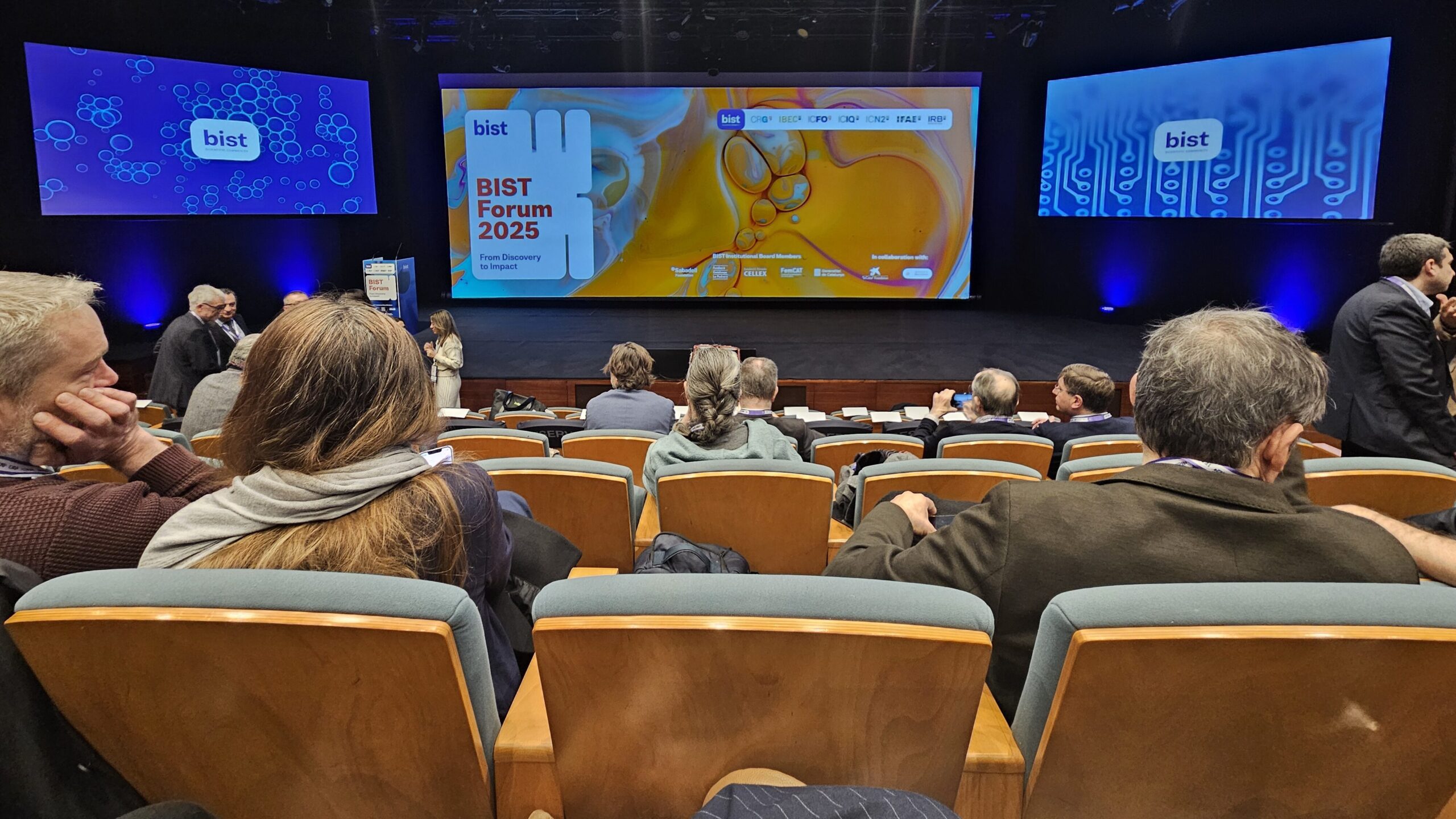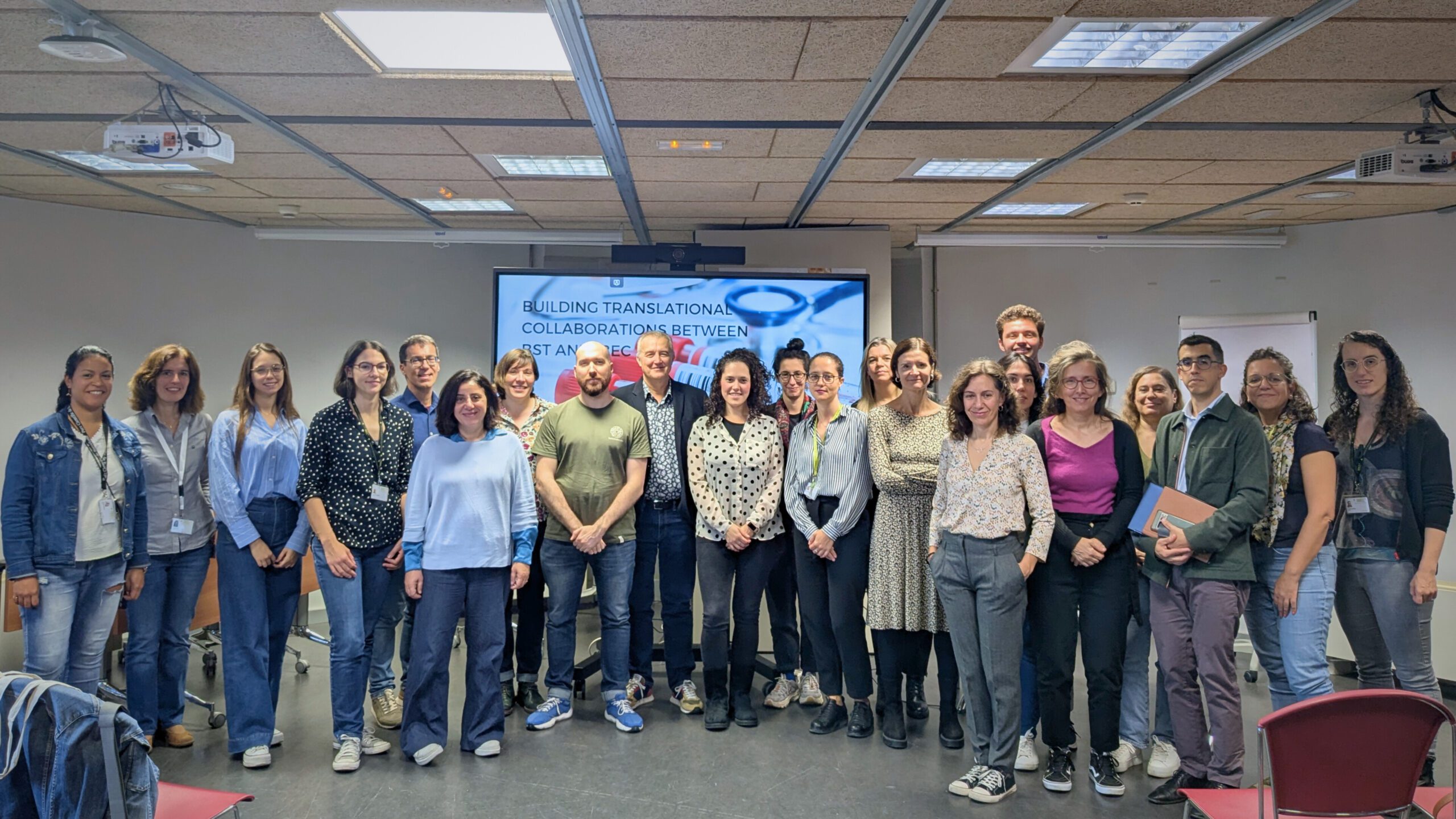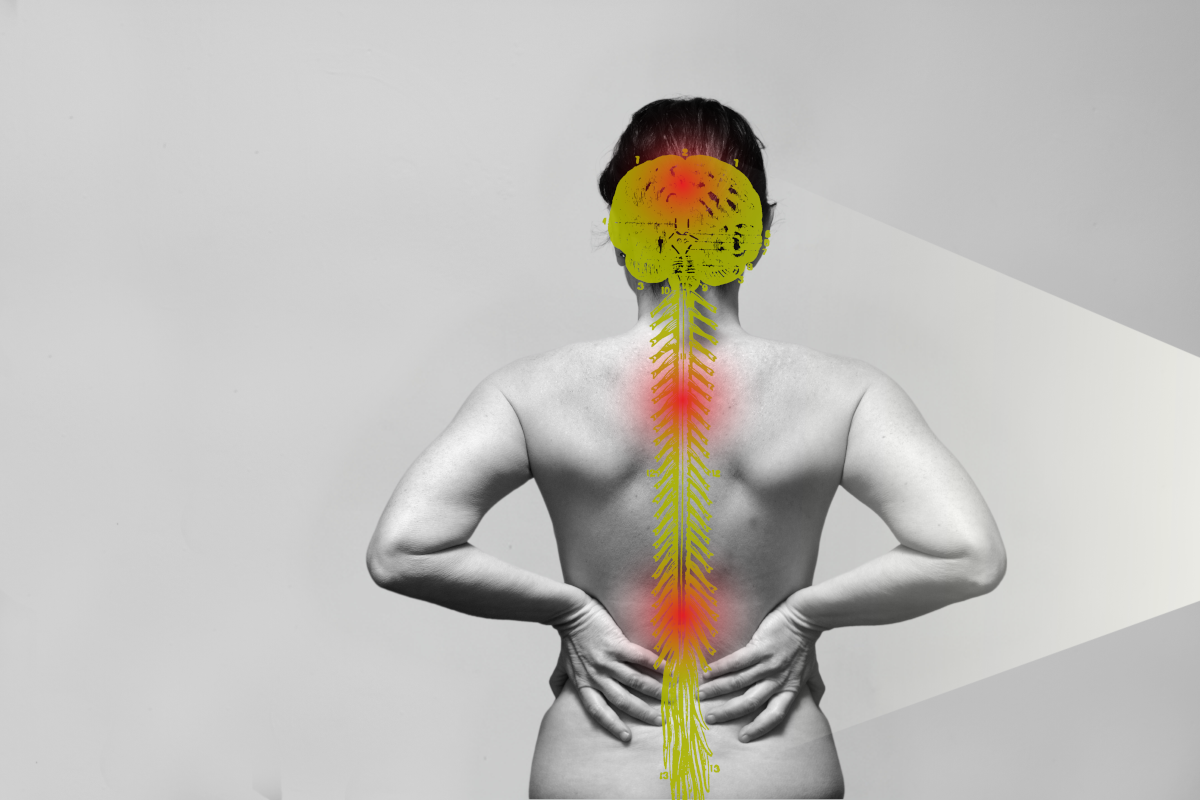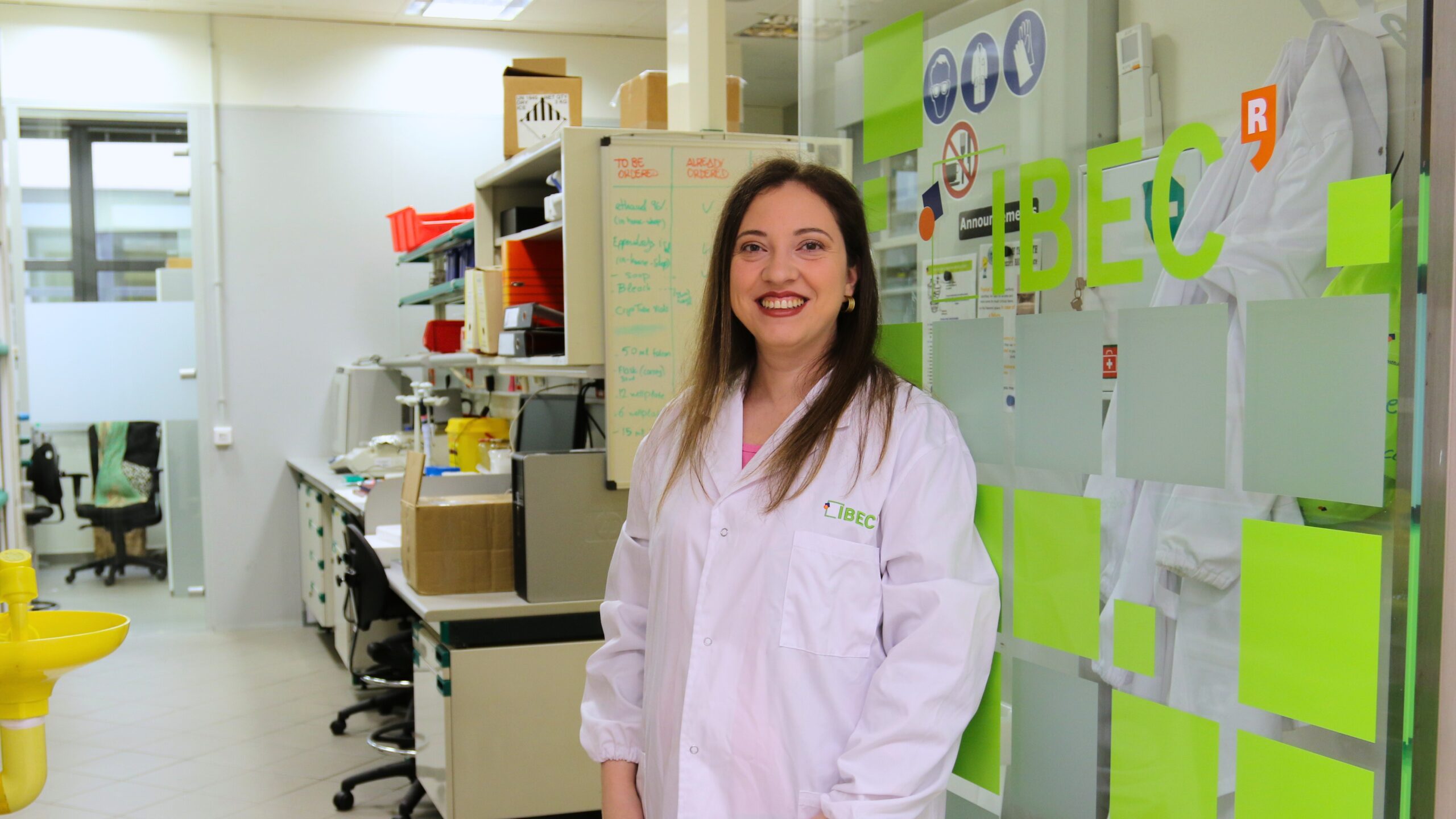ARA: “Es pot escoltar el cervell d’un ratolí?”: trobar la vocació científica al Saló de l’Ensenyament
Universitats i centres de recerca han unit esforços sota el paraigua de la Fundació Catalana per a la Recerca i la Innovació (FCRI) per aconseguir que la ciència al Saló de l’Ensenyament literalment es pugui viure i tocar.
